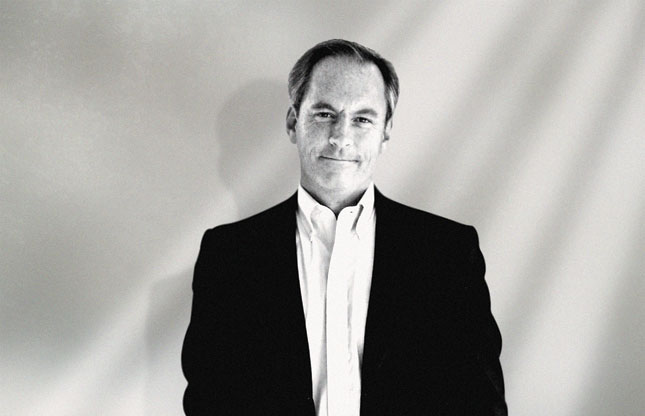
BY THE INDESIGN TEAM | Published in the May 2013 issue
If I owned a jewelry store, I’d make sure to remove all barriers between the salespeople and the customers. I’d want to make humanity the focal point over the fixtures. To do that, I’d first ask a lot of questions.
Why? Because the spaces in which people shop have changed. We’ve seen bank lobbies transformed from utilitarian, cold places to line up into welcoming and warm waiting areas. We’ve seen registration desks at hotels transformed from massive walls of marble, stone and wood into desks at a more human scale.
What does this mean for jewelry stores?
The sweet spot in any retail display is the area between the bellybutton and the eyes. I’d find a way to highlight the best products at eye level, rather than at crotch level. Stooping over, especially for older consumers, isn’t exactly a preferred way to buy things.
Advertisement
Could display fixtures be set at 42 inches instead of 32 inches so customers could have more of an up-close relationship with the products they’re browsing?
Could the castle of display cases be broken up into islands that encourage browsing through different areas of discovery in the store?
Do customers mind having to be “buzzed in?” If having security is a must and there’s no way around it, I’d find a way to enable the latest technology that doesn’t deter a casual browser from entering. Or I’d pay double the going rate to have a welcoming security guard outside.
I’d use facial recognition softgood ware so salespeople could immediately reference and welcome loyal customers at a higher level than my competitors.
I’d look at how passive my employees are. If they are only responding to customers’ requests, I’d fix that. I’d train them to actively get the luxury watch, ring or necklace on as many customers’ wrists, fingers or necks as possible.
I’d do away with the key carriers around my salespeople’s wrists, so my their immaculate appearance wouldn’t be compromised by neon pink scrunchies.
Advertisement
I’d shop every competitor. Anything I was doing that wasn’t up to that par, I’d replace — from merchandising units to merchandise, from the point-of-sale system to pointing salespeople.
Most of all, I’d find a way to put the human soul back into my operation.
I’d train rigorously that you can’t judge a book by its cover. So many luxury retailers look at their customers with dollar signs in their eyes. Is this guy a player? Does that designer handbag mean she can afford our best products? If Mark Zuckerberg walked in the door in his signature hoodie, flip-flops and jeans, would my associates leave their judgments behind and encourage him as much as if Heidi Klum walked in decked out in Prada?
I’d get out of pitching the four Cs as a compelling investment strategy and focus on why this customer on this day walked into my store. Why did she drive past dozens of competitors, ignore thousands of online competitors and go through the traffic and trouble of finding a parking spot to shop with me?
Once my training was focused on proactively developing a relationship with my customer, I’d make sure the store environment was so luxurious and full of life — with the perfect sound, sights and even smells — that she felt transported.
I wouldn’t allow the tired Glengarry Glen Ross “always be closing” attitude on my sales floor. My customers will appreciate being guided, not goaded, because luxury goods are a want and not a time-sensitive need. Some may indeed need to think about it. I’d avoid salespeople whose sales process is more for tin siding or used cars.
Advertisement
I would realize that technology could enhance a sale, but an iPad would never take the place of the human interaction. My associates’ training would be to approach all customers with an open heart looking to make a unique, positive impression.
Bob Phibbs, “The Retail Doctor,” is a nationally recognized retail expert on business strategy, customer service, retail sales, and marketing, and author of several books including The Retail Doctor’s Guide to Growing Your Business and A Quick Guide to Selling Luxury Retail. With over thirty years experience beginning in the trenches of retail and extending to senior management positions, he has been a corporate officer, franchisor and entrepreneur. Phibbs’ mission is to get those working in retail to approach customers with an open heart, to engage customers’ senses and deliver an exceptional experience. His clients include some of the best-known retail brands, including Brother, Caswell-Massey, Hunter Douglas, LEGO, OMEGA, Yamaha, and Vera Bradley. Visit him at www. retaildoc.com